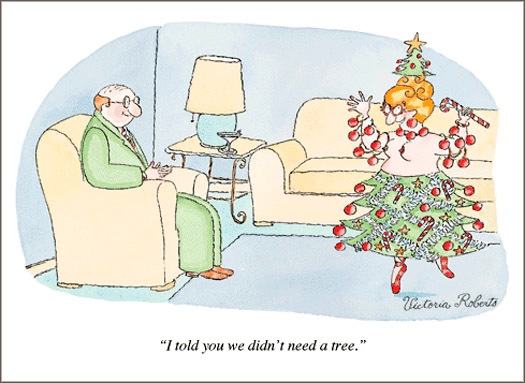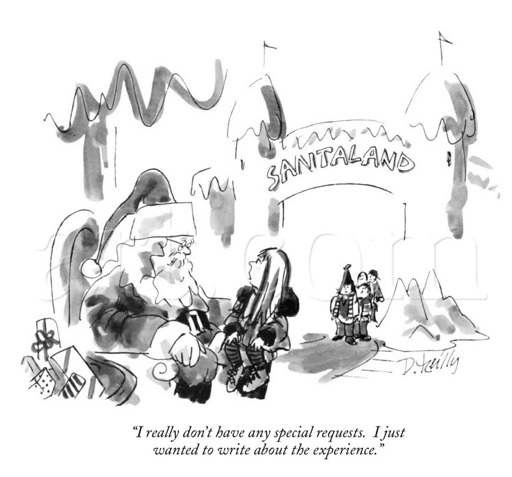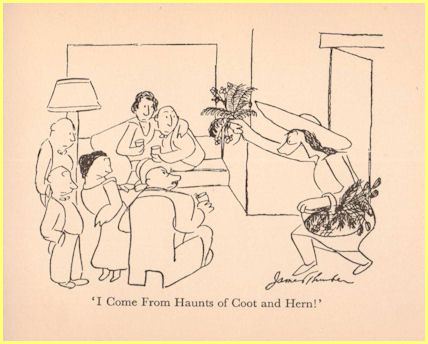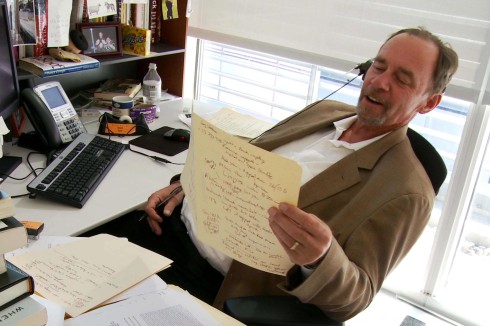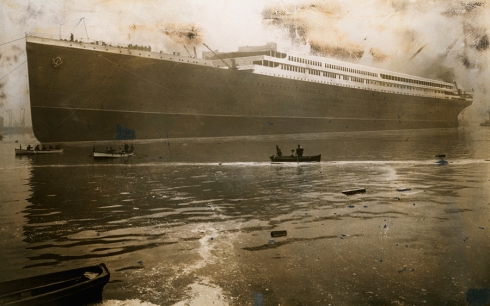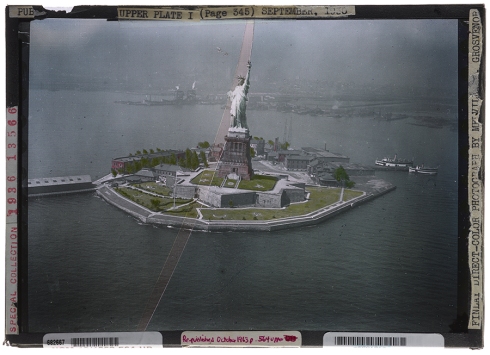I resurrected this blog because I watched recently the Netflix film Woman in Gold (2015.) It’s the true story of a octogenarian Jewish woman’s quest to reclaim the “Portrait of Adele Bloch-Bauer 1” from the Austrian government. Painted by Gustav Klimt in 1907, the portrait of her aunt, along with five other Klimt paintings, were stolen from the Bloch-Bauer family in 1938 by the Nazis.
Having blogged several posts about assorted works by Klimt, I wondered if I had anything on the Portrait and indeed I did. Rethinking Adele isn’t thoughtful but rather snarky. Ten years ago, I largely reposted a NY Times art critic’s scathing review of the painting on the occasion of Gustav Klimt’s 150th birthday. Had I known the backstory of the paintings and their rightful owner, I would have posted about that instead.

The film begins as a young lawyer, Randol Schoenberg (Ryan Reynolds), is asked by his mother to review her friend Maria Altmann‘s (Dame Helen Mirren) case to retrieve the painting. Maria sends him off with some paperwork she had gotten from her recently deceased sister. Schoenberg thinks it a lark until he learns the value of the Gustav paintings. He and Maria fly to Vienna to investigate their legal options at an art restitution conference.
Schoenberg is the grandson of Austrian composer Arnold Schoenberg and as such had some pull with the conference organizers. Maria is added to the list of speakers at the conference. It is then that they meet Hubertus Czernin. And it is here I defer to Wikipedia to explain the legal proceedings:

With Austria under pressure in the 1990s to re-examine its Nazi past, the Austrian Green Party helped pass a new law in 1998 introducing greater transparency into the murky process of dealing with the issue of restitution of artworks looted during the Nazi period. By opening the archives of the Ministry of Culture for the first time, the new law enabled Austrian investigative journalist Hubertus Czernin to discover that, contrary to what had been generally assumed, Ferdinand Bloch-Bauer had never donated the paintings to the state museum.[7]
In 2000, Altmann filed a lawsuit in the United States District Court for the Central District of California under the Foreign Sovereign Immunities Act. The case, Republic of Austria v. Altmann, ended up in the Supreme Court of the United States, which ruled in 2004 that Austria was not immune from such a lawsuit. After this decision, Altmann and Austria agreed to binding arbitration by a panel of three Austrians.[7][10] On January 16, 2006, the arbitration panel ruled that Austria was legally required to return the art to Altmann and the other family heirs, and in March of the same year Austria returned [five] paintings.

The somewhat dry legal case is offset by flashbacks to Maria’s childhood with her sister, mother and father. They all live with her beloved aunt Adele and uncle Ferdinand at the posh Bloch-Bauer residence. In the film Adele is a happily married woman who dotes on her nieces. (I read elsewhere though that it was the opposite. Adele was a cold woman who may have had an affair with Klimt) She dies in 1925 from meningitis. Maria marries opera singer “Fritz” Altmann and uncle Ferdinand gives her Adele’s favorite necklace as a wedding present.
The following year Austria is annexed by Germany.
Under the Nazis, Fredrick was arrested in Austria and held hostage at the Dachau concentration camp to force his brother, Bernhard Altmann, by then safely in England, to transfer his successful Bernhard Altmann textile factory into German hands. Fredrick was released and the couple fled. They made a harrowing escape, leaving behind their home, loved ones, and property, including jewelry that later found its way into the collection of Hermann Göring.

Helen Mirren is sparkling (as usual) as the feisty octogenarian. Ryan Reynolds is (I guess) cast appropriately as a boyish and somewhat naive attorney. It just seems to me the the real Randol Schoenberg would be a tad more sophisticated as he successfully argues a geopolitical case before the Supreme Court. In the film cosmetics heir Ronald Lauder tries to pay for a more seasoned lawyer but Maria refuses. After the case is decided she says she wants to sell “Portrait of Adele Bloch-Bauer 1” to Lauder because he is a “nice man”.
In reality, the Austrian government returned five of six Klimt paintings to Maria Altmann in 2006. She consigned the the paintings to Christie’s auction house where Lauder bought “Portrait…1” for $135 million. The sum total of the collection came to approximately $325 million which Altman divided among heirs. I have no idea how many millions Maria Altmann paid to Randol Schoenberg.



